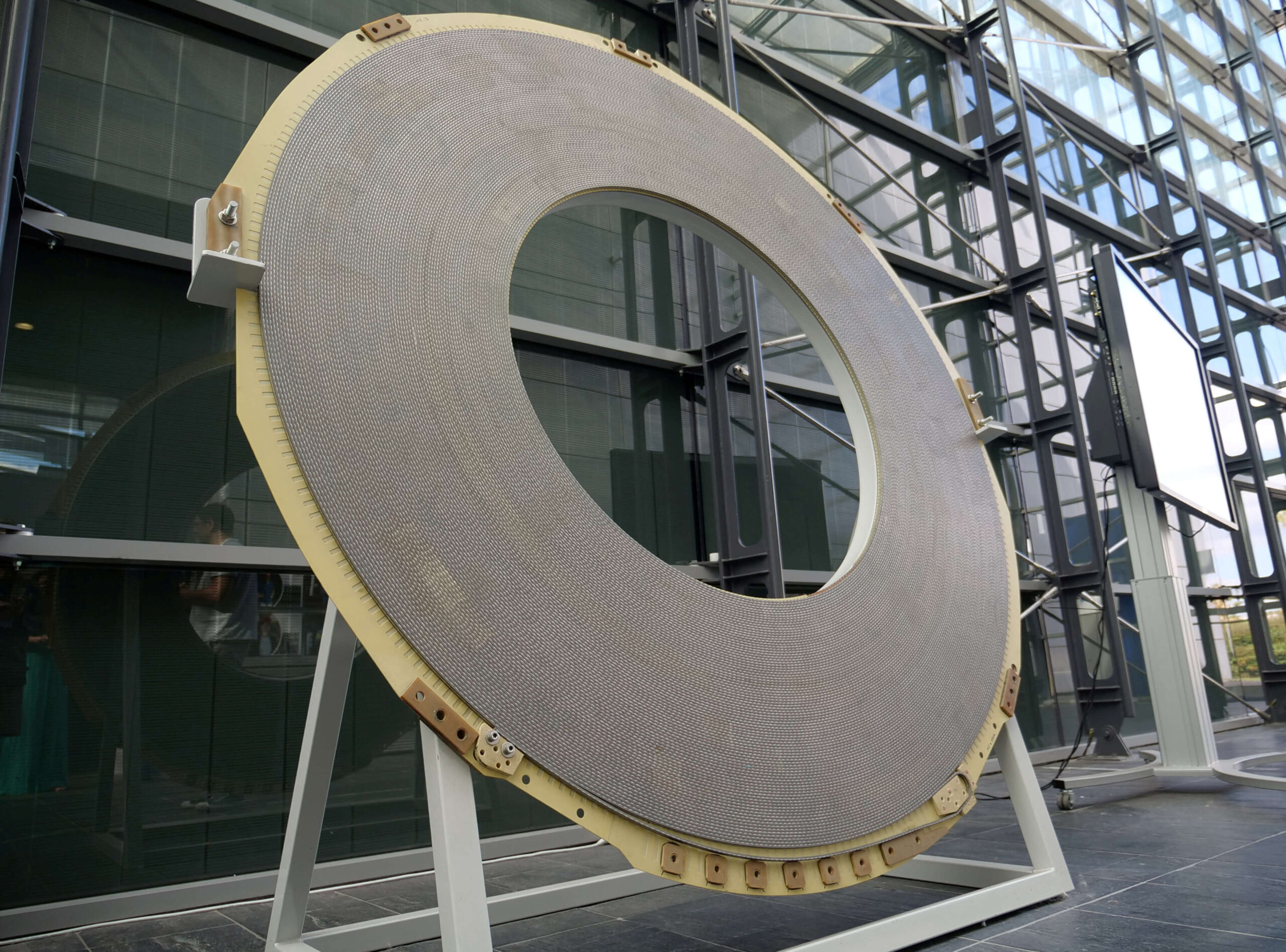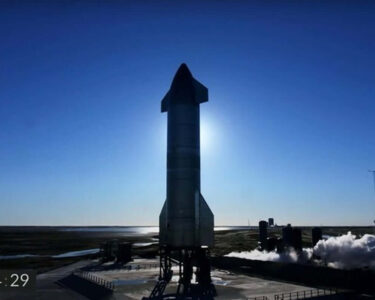On Aug 3, 2023, a revelation by South Korean scientists sent shockwaves through the scientific community and ignited a social media frenzy. Their extraordinary claim involves the discovery of a practical superconductor that operates at room temperature, a long-sought goal in the field. Superconductors are materials that enable the flow of electrical current with zero resistance, offering immense potential for revolutionizing power grids and advancing fields such as computing chips. The findings, published on an online platform used by scientists for pre-peer review research sharing, have drawn worldwide attention, with researchers from prominent institutions in the United States and China eagerly examining the proposed material.
Traditional superconductors exhibit their remarkable properties only at extremely low temperatures, limiting their practical applications. However, the South Korean researchers, through a method involving the introduction of copper atoms into the common mineral lead apatite, claim to have developed a superconductor that works at room temperature, a groundbreaking achievement.
The papers released by the South Korean team consist of an initial publication with three authors and a more detailed follow-up with six authors, two of whom were part of the first paper. Despite the significant impact of their discovery, none of the authors have responded to requests for comments from media outlets, including Reuters.
Experts in physics have expressed cautious optimism about the claim, stating that there is no fundamental law of physics that prohibits the existence of a room-temperature superconductor. The fact that the material can be relatively easily grown is seen as an encouraging sign, with other researchers expecting to produce results shortly.
To validate the authenticity of the discovery, it is imperative that other laboratories replicate the South Korean researchers’ findings, a process regarded as the gold standard for confirming scientific breakthroughs. Several Chinese universities have already reported producing versions of the material, with varying degrees of success. One team demonstrated the material levitating over a magnet, a characteristic of genuine superconductors. However, other teams did not observe zero resistance, a fundamental feature of superconductors, or achieved superconductivity only at relatively low temperatures.
In response to the immense interest in the discovery, South Korean experts have announced the formation of a committee to verify the claims and conduct further research.
While the potential implications of a room-temperature superconductor are immense, skeptics have cautioned against premature celebration. The history of the field is riddled with materials that initially showed promise but ultimately fell short under rigorous scrutiny. These materials are often referred to as “unidentified superconducting objects” (USOs).
Mike Norman, a condensed matter physicist at Argonne National Laboratory, noted that the original papers presented some issues, including a lack of data over a broad temperature range to illustrate the material’s behavior under different conditions. To assess the veracity of the claim, researchers will need to show how much of the sample truly exhibits superconducting behavior and how much does not.
Sinéad Griffin, a solid-state physicist at Lawrence Berkeley National Laboratory, conducted a simulation of the proposed material using a U.S. Department of Energy supercomputer. Her findings suggested that inserting copper atoms into lead apatite caused the material’s atoms to rearrange in a manner reminiscent of existing superconductors. However, the success of this effect relies on the precise placement of copper atoms, which might be challenging to achieve in bulk quantities.
Michael Fuhrer, a physics professor at Monash University, emphasized that even if the material, known as LK-99, proves to be a room-temperature superconductor, further investigation will be required to determine its practical utility. Key questions remain unanswered, such as the material’s capacity to carry electrical current while maintaining superconductivity, which is crucial for improving power grids.
Nonetheless, physicists worldwide agree that the results warrant thorough examination, considering the vast amount of unexplored minerals and the possibility of serendipitous discoveries in common materials. As researchers tread carefully, they remain hopeful that LK-99 could hold the key to unlocking a new era of superconductivity and groundbreaking technological advancements.





